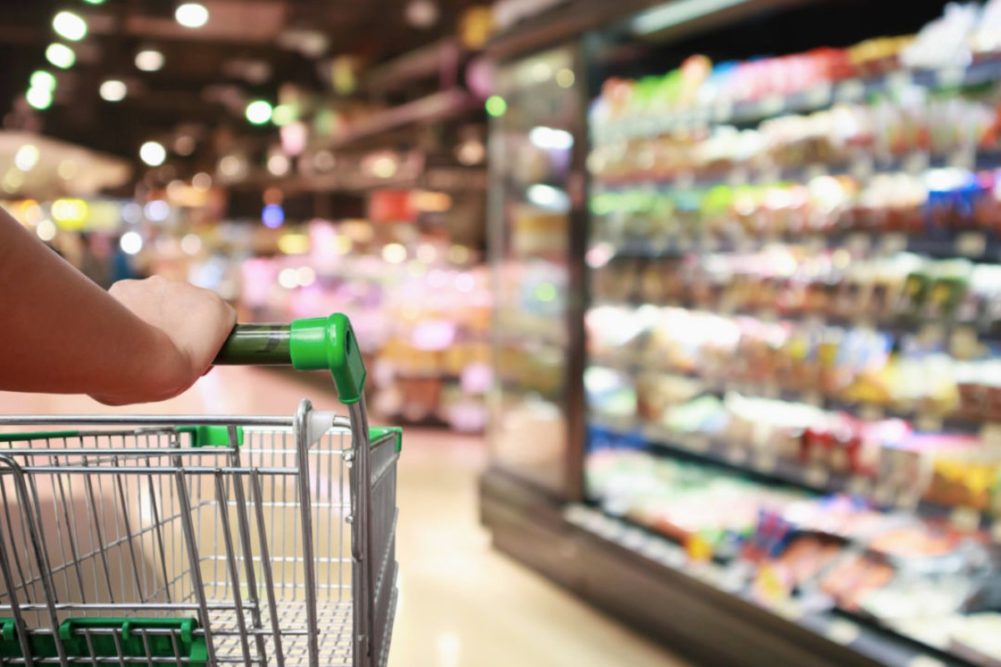UTRECHT, THE NETHERLANDS – Food retailers are stepping up their efforts to reduce greenhouse gas (GHG) emissions from their operations, and a new report from Rabobank explains that net-zero is becoming a necessity to remain in business.
GHG emissions account for only a fraction of the total for most food companies, according to the report, “Food Retailers: Reducing GHG emissions is becoming a license to operate, not just a ‘nice to have,’” while more than 95% of their emissions come from the value chain. The report notes the growing pressure on suppliers to help food retailers reach net-zero GHG emissions from their supply chains.
Marjolein Hanssen, Consumer Foods analyst at Rabobank and author of the report, said supply chain partners are key to food retailers’ GHG reductions.
“For suppliers, this will require effort, investment, and possibly sourcing or manufacturing changes, Hanssen said. “Chances are high that not every supplier will immediately respond to this challenge, as it can be a costly exercise to measure and reduce emissions. Not every supplier will see this as an immediate priority, especially given the current economic and geopolitical uncertainties.”
Some of the world’s largest retailers – including Tesco, Walmart, Target, Carrefour, Lidl, Aldi and Ahold Delhaize – have aligned their GHG reduction efforts with the Science Based Target initiative (SBTi). The initiative involves reducing the direct GHG emissions coming from stores and transportation, in addition to ‘Scope 3’ emissions — indirect emissions coming from the rest of their supply chains. Knowledge sharing, project collaboration and co-investment are just a few strategies food retailers are employing to spur action by their suppliers, Hanssen said.
Pressure to address GHG emissions will only grow over time along with requests for proof of progress toward emissions reduction targets. According to the report, “the chances of suppliers selling food to someone who is not asking about emissions are becoming slimmer by the day,” and suppliers can no longer afford to ignore their emissions.
“Those who are ahead of the curve, know their emission hotspots and are looking for ways to reduce their climate impact will become the preferred suppliers to large food retailers,” Hanssen concluded.

